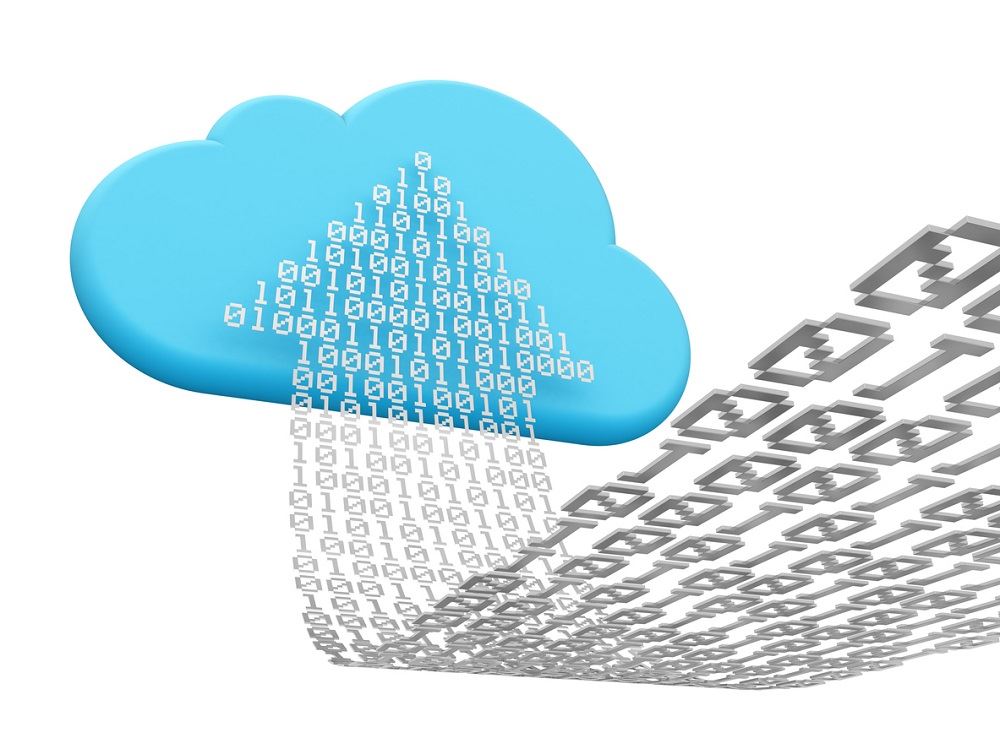The decision to move to the cloud requires a lot of careful consideration. Should you move everything to the cloud? What’s the process? What will the data center look like when you’re done? What strategies should you use for the migration? There is a lot to think about.
Should You Move Everything to the Cloud?
There has been a lot of hype about cloud computing in recent days. Much of it is deserved, of course. But no reasonable IT manager is going to make a decision to move his whole infrastructure to the cloud just because everybody else is going there. If you’re really serious about moving to the cloud, business expert Rachel Bridge has some advice: “So the solution is to start small. Moving to the cloud doesn’t have to be an all-or-nothing decision, and should not be.”
Before you plan the “what” and “how” of your migration strategy, perhaps first you should ask: “Why?” The promise of cloud computing is that your business will benefit from its scalability, security, and cost savings. But technology writer Brien Posey warns, “Organizations need to take a hard look at their existing investments in infrastructure – from hardware to application portfolios to network architecture and beyond – to determine if a move will be beneficial.”
Use Your Checklists
Perhaps the best approach is a gradual one. It’s an item on Larry Alton’s checklist in his article for Small Business Trends on the subject of migrating to the cloud. Here’s the full list:
- Understand the risks.
- Consider the application.
- Gradual is the word.
- Adapt your security plan.
- Consider virtualizing first.
This is not meant to be one of those list articles, but I hope we can throw in another list on the subject. IBM has already done the work for us in their article “10 Steps to Understanding Your IT Before Moving to Cloud”:
- Business impact
- Production versus development and test
- Performance matters
- Complexity
- Licensing
- Service-level agreements
- Security
- Platform
- Data hosting
- Prepare
My personal preference is to use the method of procedure to control any changes in the IT environment. For me, it’s the best way to account for all change management issues. (See my article called Using the Method of Procedure (MOP) for Effective Network Change Control.)
Strategies for Migrating to the Cloud
As for the migration process, we can turn to industry leader IBM again for guidance. They have created “A Reference Model for Moving Your Applications to Cloud.” We’ll let this be the last of our lists here. Their migration process includes:
- Initial screening and analysis
- Planning and design
- Implementing the migration
- Tuning the target environment
- Final testing and go-live
One of the important questions that they ask is “Will the workload run in the target cloud environment?” They also bring up performance and compliance issues. Elsewhere industry expert Nicholas Rando warns, “Legacy applications, mission-critical workloads and sensitive data – such as credit card information – may not be suited for the public cloud.”
Whatever strategy or process is implemented, applications will need to have access to whatever resources are required for them to run successfully. This includes CPU, memory, storage and network. Any cloud solution should perform at least as well as existing infrastructure. Each application should be taken into account.
The migration of virtual machines is a significant issue. Techopedia has addressed the issue of live migration of VMs. The migration strategy includes: 1) transferring data in a virtual machine’s memory to the target physical machine; 2) creating an operational resource state consisting of CPU, memory and storage on the destination machine; and 3) suspending the VM on the original site and initiating the destination machine with its installed applications. The process involves only a very brief loss of service. (See What is the difference between vMotion, VM migration and live migration?)
The New Data Center
The data center has changed. I’ve written about it here on Techopedia: “In the old days of building a data center, there were experts for everything. You had router experts, switching experts, cabling guys, system administrators, operational support system (OSS) personnel – you get the picture.” But new technologies have changed all that.
Let’s name a few: virtualization, cloud computing, convergence, big data, analytics, artificial intelligence…. Now let’s add another idea. What if you could not only virtualize your assets on the cloud, but also find ways to automate resource allocation to prevent any of the bottlenecks that affect application performance?
The new data center will not only be automated; it may well be autonomous. The whole thing has put a lot of us network and system guys out of work. But that’s progress.
Meanwhile there is still room for on-premise equipment. Nothing says that companies can’t continue to host their own physical equipment on site – for whatever reasons – and integrate it into the larger cloud system. Monitoring systems could account for public, private and hybrid cloud solutions.
Conclusion
Every business is different. And the way that a company’s IT infrastructure develops over years can make it quite unique. So the transition to the cloud must be customized and well-planned. It’s all part of our continuing advancement as humans and professionals. IBM’s Reynaldo Mincov, Jr. said that migrating to the cloud is not only a movement; it’s a “transformation.” The world of information technology keeps reinventing itself. And we’re all just trying to keep up.





